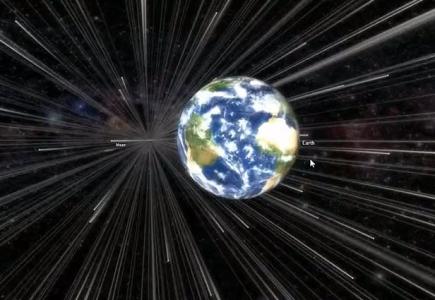Mission performance assessment for space science missions

The objective of this activity was to propose a general infrastructure of an end-to-end simulator (E2ES) for space science missions, namely an E2ES requirements baseline, reference architecture and an associated library of software models (building blocks, BB) to promote reuse, standardisation and reduction of engineering costs by defining a products/science validation process throughout the lifecycle based on an E2ES.
An overview of space science missions and instruments was performed to identify a reference architecture and generic BB. There is no standard approach for an E2ES being used throughout all phases of space science missions. It can be argued that the reason for this is that instrument data processing is often, or even usually, the responsibility of the scientific community rather than ESA. This is in contrast to Earth observation missions where ESA is responsible and a number of E2ES have been developed. The availability of a standard architecture and a library of BB, enabling the development of simulation scenarios without too much effort, could be of great benefit to the instrument teams. Furthermore, use of this architecture means that it is extensible to an end-to-end simulator than could be used in subsequent mission phases, which may not have been the case otherwise.
An E2ES itself consists of a set of software modules simulating the space segment, its data output and the subsequent ground retrieval. The execution of these software modules needs to be orchestrated including, in particular, invocation and provision of input data. The definition of a set of standardised conventions and requirements, which the modules have to adhere to, allows then the use of a common orchestrating framework.
